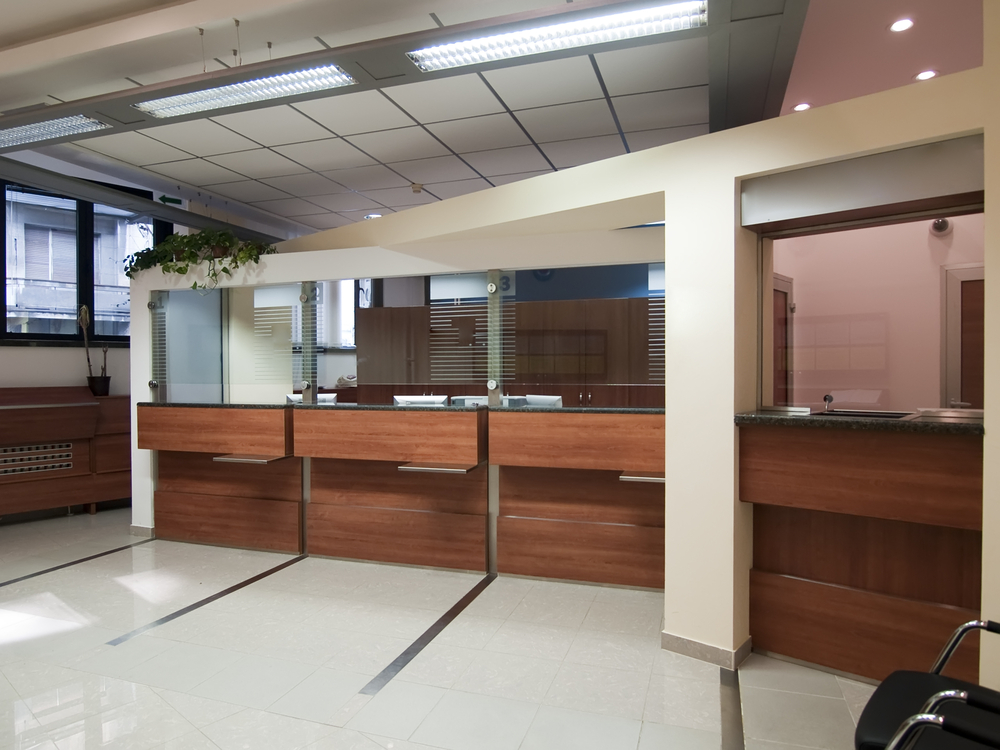In a healthcare facility’s fast-paced and often chaotic environment, it’s crucial to create a peaceful and comfortable atmosphere for patients. However, with constant noise from medical equipment, staff conversations, and other distractions, it can be challenging to maintain a quiet environment. This is where sound masking comes in.
Sound masking technology uses low-level background noise to mask or cover up unwanted sounds, creating a more pleasant and calming environment for patients. This benefits patients and has numerous advantages for healthcare professionals and the overall functioning of the facility.
American Sound explores how sound masking can improve the patient experience and benefit the healthcare industry as a whole.
Related Post: Is Your Business Benefiting From Sound Masking?
Understanding Sound Masking and Its Functionality
Sound masking is an innovative technology that introduces a specific type of background noise, often compared to the sound of airflow, to an environment to help obscure unwanted sounds. This noise is engineered to match the frequency of human speech, making it particularly effective in reducing the intelligibility of conversations, thus enhancing privacy. The sound is distributed through speakers installed in strategic locations throughout a facility. By doing so, it creates a uniform sound landscape that helps to minimize the distraction of sudden noises, contributing to a more serene and focus-friendly atmosphere for both patients and staff.
Enhancing Patient Privacy in Healthcare Environments
In healthcare settings, patient confidentiality and privacy are paramount (and the law with HIPAA). Sound masking technology plays a critical role in safeguarding these aspects by reducing the intelligibility of conversations that occur within or near patient areas. This ensures that sensitive information is less likely to be overheard by unintended listeners, thus reinforcing patient trust and comfort.
Equally, it aids in compliance with HIPAA (Health Insurance Portability and Accountability Act) privacy regulations by providing an additional layer of security to protect patient data. Healthcare facilities can offer enhanced privacy through this innovative approach without compromising the need for open communication among staff.
Improving Patient Comfort and Reducing Stress
Creating a calming atmosphere is essential in healthcare settings where stress levels can be high for patients and their families. Sound masking contributes significantly to this by minimizing the impact of disruptive noises, which can be sources of anxiety and stress.
The consistent background noise provided by sound masking systems can help soothe patients, promote better sleep, and create a sense of privacy, making the healthcare environment less intimidating and more welcoming. The resultant stress reduction enhances patient comfort and contributes to a more positive recovery experience.
Boosting Staff Efficiency and Satisfaction
Sound masking not only improves the patient experience but also significantly impacts staff efficiency and job satisfaction. By reducing the intrusive nature of background noise and minimizing distractions, healthcare professionals can have better focus, leading to increased productivity and fewer errors.
Additionally, a more serene work environment contributes to lower stress levels among staff, enhancing overall job satisfaction. This positive work atmosphere can also play a key role in reducing staff turnover, further stabilizing the healthcare environment for both providers and patients.
Implementing Sound Masking in Healthcare Facilities
Implementing sound masking in healthcare facilities involves a strategic approach to ensure optimal results. This approach includes assessing the specific needs of functional areas within the building, such as patient rooms, waiting areas, and administrative spaces.
Professional installation teams typically work to integrate sound masking systems seamlessly with the existing infrastructure, placing speakers in ceilings or other discreet locations. The process also involves fine-tuning the system to the right sound level for each environment, ensuring that it effectively masks unwanted noise without being intrusive. Training staff on controlling and adjusting the system is also a key step in the implementation process.
Related Post: Why Your Executive Conference Room Can’t Afford Low-Quality AV Systems
Professional Sound Systems in Cincinnati, Louisville, Indianapolis & Beyond
American Sound, with offices in Cincinnati, Louisville, and Indianapolis, can design and install a personalized professional sound system in your business or workplace.Call (859) 261-9024 for more information on what our team can do for you.



